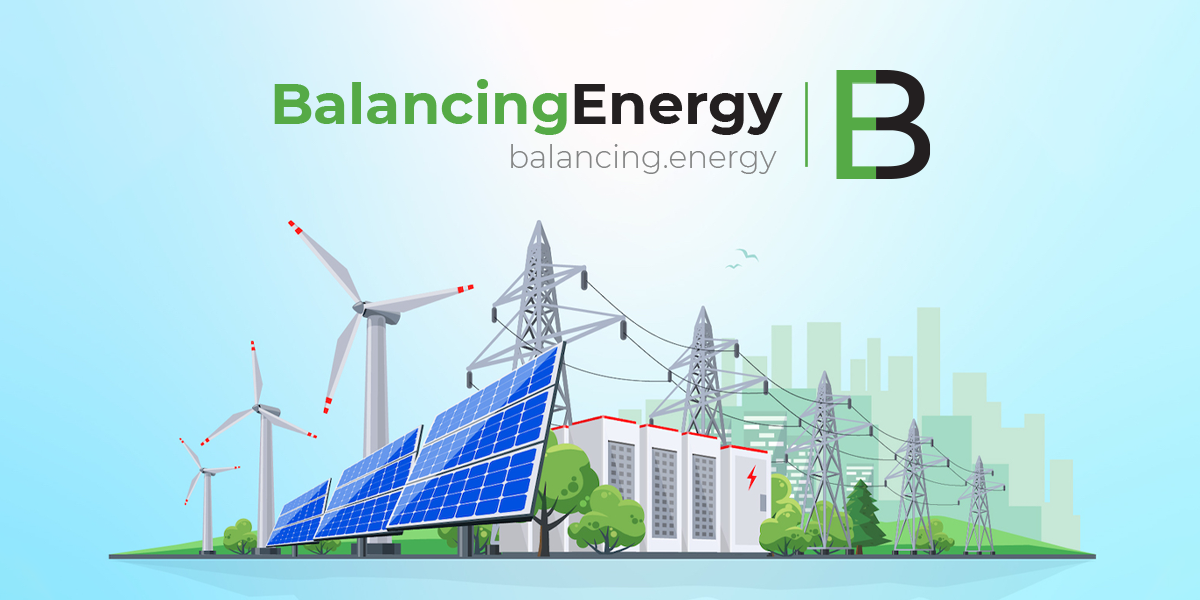Technical due diligence and comprehensive permits analysis are crucial components of project development in the renewable energy sector. As an owner’s engineer, understanding and overseeing these processes is essential to ensure the successful execution of renewable energy projects. Owners.engineer explores the significance of technical due diligence and permits analysis and outlines the key responsibilities that fall under the purview of the owner’s engineer. We will delve into the purpose of technical due diligence, the permits analysis process, and the critical tasks undertaken to meet project requirements.
1. Technical Due Diligence in Renewable Energy Projects:
Technical due diligence involves a systematic assessment of all technical aspects of a renewable energy project. It aims to evaluate the feasibility and reliability of the project, identify potential risks or issues, and recommend measures to mitigate them. The owner’s engineer plays a vital role in conducting technical due diligence, providing expert analysis and advice throughout the project development lifecycle.
Responsibilities of Technical Due Diligence:
a. Resource Assessment: The owner’s engineer conducts an in-depth analysis of the project location, assessing factors such as solar radiation, wind potential, or hydrological data. They evaluate the resource availability and its impact on energy generation potential, ensuring accurate forecasting of project output.
b. Technology Evaluation: The owner’s engineer assesses the suitability of the chosen renewable energy technology, considering factors such as its track record, efficiency, reliability, and compatibility with project requirements. They analyze equipment specifications, review engineering designs, and provide recommendations to optimize technology selection and performance.
c. Grid Connection Analysis: The owner’s engineer evaluates the grid connection requirements and analyzes the connectivity options available for the project. They assess the grid infrastructure capacity, grid code compliance, and potential grid integration challenges, ensuring seamless energy transmission and connection to the grid.
d. Environmental Impact Assessment: The owner’s engineer collaborates with environmental consultants to conduct an environmental impact assessment (EIA). They review the project’s potential environmental impacts, including ecological, noise, or visual effects. The owner’s engineer provides recommendations on mitigation measures and compliance with environmental regulations.
e. Feasibility Studies: The owner’s engineer prepares detailed feasibility studies, combining technical, financial, and economic aspects to assess the viability of the renewable energy project. This includes estimating project costs, financial modeling, and evaluating potential revenue streams.
2. Permits Analysis for Renewable Energy Projects:
Securing the necessary permits and licenses is a critical aspect of renewable energy project development. The owner’s engineer undertakes permits analysis, ensuring compliance with local, regional, and national regulations and facilitating the smooth progression of the project.
Responsibilities of Permits Analysis:
a. Identify Regulatory Requirements: The owner’s engineer conducts a comprehensive analysis of the applicable permits, licenses, and regulatory requirements for the specific renewable energy project. They identify the necessary permits related to construction, operation, and environmental compliance.
b. Permits Application and Coordination: The owner’s engineer prepares and facilitates the submission of permit applications, engaging with regulatory bodies, local authorities, and stakeholders. They track the progress of permit approvals, respond to queries, and address any additional requirements throughout the process.
c. Compliance Monitoring: The owner’s engineer ensures continuous compliance with permit conditions during project execution. They establish monitoring systems, conduct regular inspections, and report on adherence to environmental, safety, and operational requirements of the permits.
d. Risk Assessment: The owner’s engineer conducts a comprehensive risk assessment related to permits and legal compliance. They identify potential risks, such as delays in permit approvals or changes in regulatory frameworks, and develop mitigation strategies to minimize any negative impacts on project timelines and budgets.
Technical due diligence and permits analysis are integral components of renewable energy projects. As an owner’s engineer, it is crucial to diligently undertake these responsibilities to ensure project feasibility, compliance with regulations, and efficient execution. From resource assessment and technology evaluation to grid connection analysis, environmental impact assessment, and permits application and compliance monitoring, the owner’s engineer plays a pivotal role in ensuring the successful development and operation of renewable energy projects. By effectively managing technical due diligence and permits analysis, the owner’s engineer contributes to the overall success of the project, fostering sustainability and meeting renewable energy goals.










